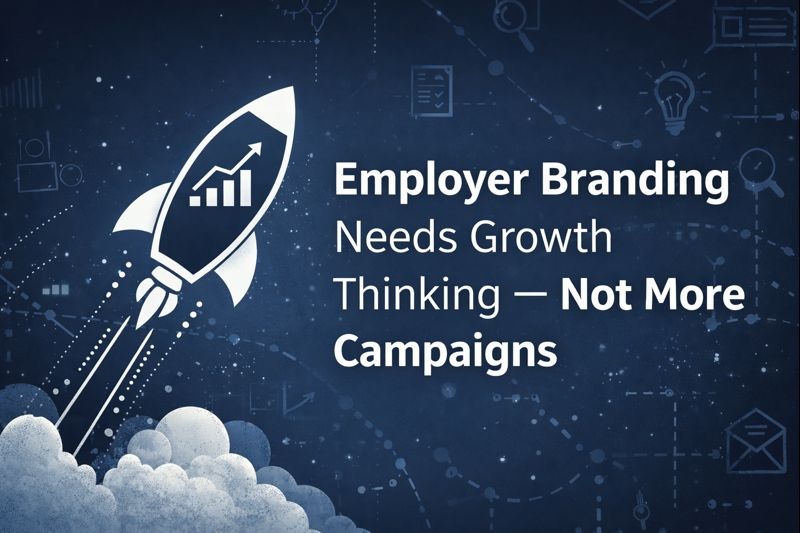
An obstacle to more rapid progress is the lack of relevant skills in many procurement organizations. While augmented analytics reduces the need to know how the technology works, what is missing is access to the technology and an appreciation of why it should be used, i.e. the benefits it can bring, such as identifying supply market trends ahead of the competition.
Gartner estimates that on average, only 35% of people in organizations have access to analytics and BI tools. “Despite the compelling benefits of augmented analytics, which can accelerate adoption well beyond this limited level, efforts to incorporate augmented analytics encounter resistance,” writes Gartner, and this is the case for a number of reasons, including the lack of data literacy in the broader user population, distrust, concerns about job security etc. The outlook is slightly rosier in procurement: in our Digital Procurement Survey 50% of respondents rated their awareness of digitalization as “up to date” or “excellent”. But there is some way to go.
That said, we believe the “How Augmented Analytics Will Transform Your Organization: A Gartner Trend Insight Report Gartner Trend Insight Report” gives some excellent advice on gearing up for the next wave of augmented analytics, concluding that “Early adopters of augmented analytics have the potential to realize more strategic and differentiating business benefits from their analytics investments than those who wait until these technologies are widely adopted.” That is certainly already proving to be the case in procurement. The is certainly worth your consideration.
By Amenallah Reghimi
Keywords: AI, Innovation, Predictive Analytics

 Concrete’s Carbon Problem and the Race to Fix It
Concrete’s Carbon Problem and the Race to Fix It Employer Branding Needs Growth Hacking — Not More Campaigns
Employer Branding Needs Growth Hacking — Not More Campaigns The Wireless Renaissance: From Tesla’s Dream to Agentic Autonomy
The Wireless Renaissance: From Tesla’s Dream to Agentic Autonomy Collective Resonance: How Consciousness Scales Beyond the Individual
Collective Resonance: How Consciousness Scales Beyond the Individual Autonomous Wingmen: Scaling Sustainable Aviation via NVIDIA NAT and Formation Flight
Autonomous Wingmen: Scaling Sustainable Aviation via NVIDIA NAT and Formation Flight